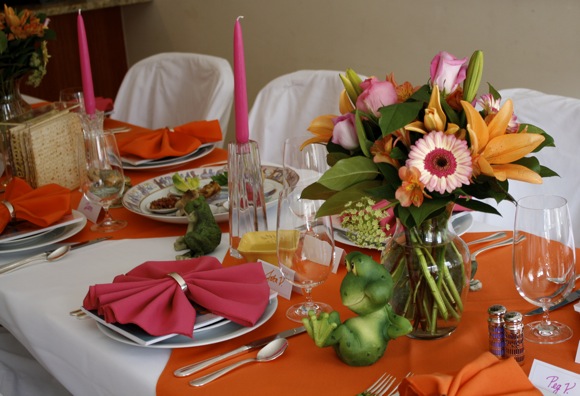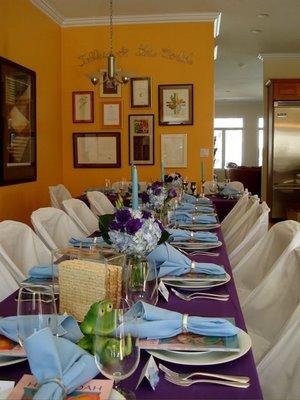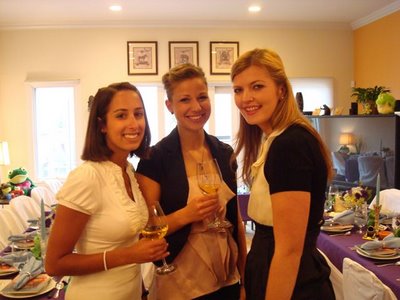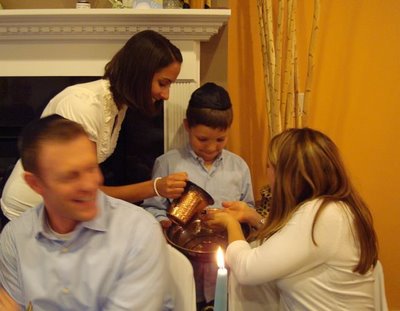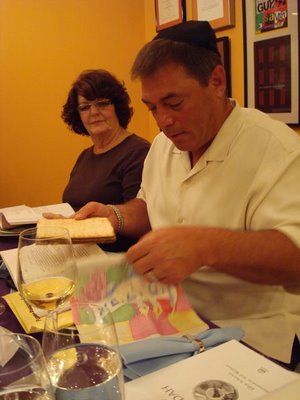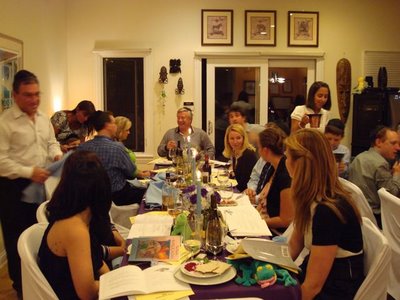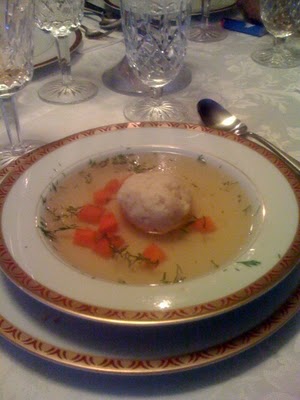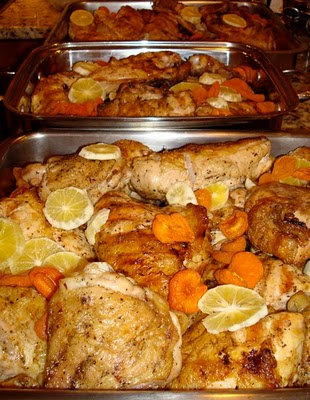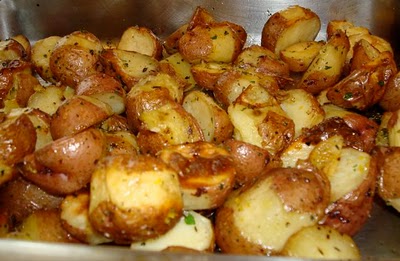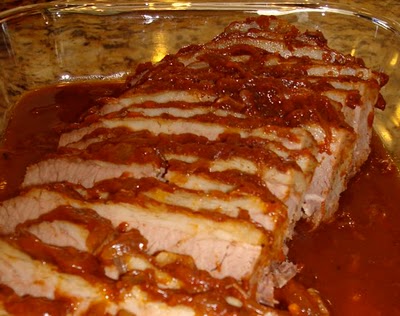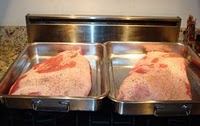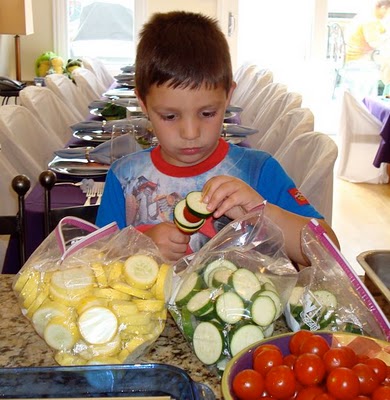Our Beautiful Passover Seder Table, and Frogs!
Extending warm wishes for a wonderful Passover from our family to yours…
This post is the second in a series highlighting our Passover customs and traditions.
Kristy & Stone
The Passover Seder Table is not simply a place to tell the story of the Exodus and to eat dinner. The Table is symbolic in and of itself. It is a place where memories are made and traditions are taught. It is where we gather with family and friends, and perhaps strangers too, to celebrate our freedoms. The care with which my sister-in-law Kristy sets her Table reflects the solemnness and seriousness of this holiday. The vibrancy and beauty of the Table reflect our gratitude to God for taking us from slavery to freedom, from sadness to happiness, from pain to joy, from darkness to light. Fresh flower arrangements make the table especially spring-like and festive.
Newcomers to the Seder ask, “What can I bring?” We say bring a frog…and we have built up quite a collection over these past ten years!
Why a Frog?
God told Moses, “Behold, I hear the cry of the children of Israel. I have surely remembered you and seen what is done to you. And now I will put forth my hand and smite Egypt with signs and with wonders. Go tell Pharaoh, Let My people go!”
Continue reading “Our Beautiful Passover Seder Table, and Frogs!”

